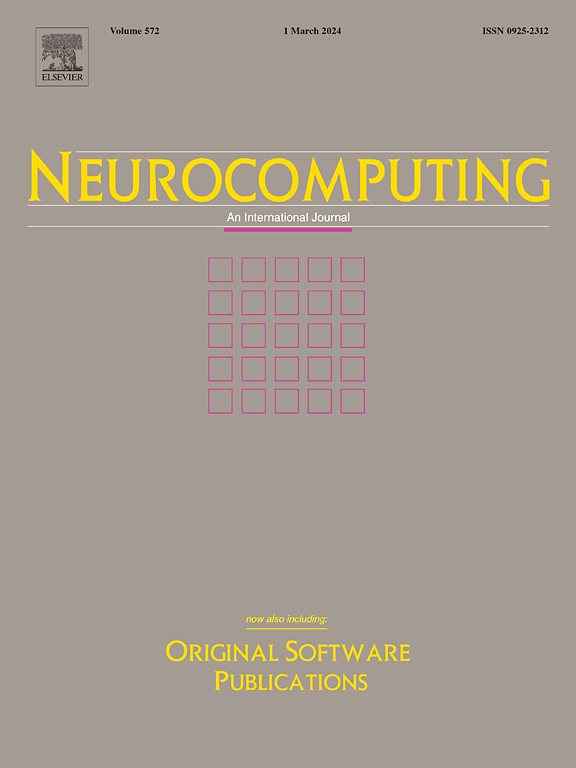Sparse Bayesian based NARX modeling of cortical response: Introducing information entropy for enhancing the stability
IF 5.5
2区 计算机科学
Q1 COMPUTER SCIENCE, ARTIFICIAL INTELLIGENCE
引用次数: 0
Abstract
In this paper, an innovative Sparse Bayesian Learning (SBL)-based modeling approach incorporating Information Entropy (IE) to enhance the stability is developed to create Nonlinear Auto-Regressive model with eXogenous input, aiming to address the challenges of low estimation accuracy, limited computational efficiency and insufficient sparsity in existing methods. This development is conducive to capture the key features of cortical responses when focusing on neural activity, providing more accurate results for studying brain mechanisms. By introducing identity transformations and optimizing parameter update and stopping strategies, both computational efficiency and estimation accuracy of the SBL algorithm are effectively improved, where the iterative matrix within ISBL is refined by the introduced IE, which further strengthens the algorithm performance at low Signal-to-Noise Ratio levels. Extensive evaluation demonstrates the proposed method reduces the error by 48 %, decreases the traditional SBL method's runtime by 70 %, and achieves the sparsest result while maintaining structural accuracy, which shows significant competitiveness in accuracy, efficiency and sparsity as compared to other state-of-the-art methods. Moreover, the analysis of real EEG signals indicates that the brain's response follows a fundamental rhythm pattern of adaptation to both active and passive tasks, and such adaptive process can be effectively captured by the proposed sparse model through the combination of linear and nonlinear terms, each serving distinct roles. These findings offer a novel insight into the human sensorimotor system, which indicates the great potential of the proposed method in assessing sensorimotor impairments and exploring effective clinical intervention method.
求助全文
约1分钟内获得全文
求助全文
来源期刊

Neurocomputing
工程技术-计算机:人工智能
CiteScore
13.10
自引率
10.00%
发文量
1382
审稿时长
70 days
期刊介绍:
Neurocomputing publishes articles describing recent fundamental contributions in the field of neurocomputing. Neurocomputing theory, practice and applications are the essential topics being covered.
 求助内容:
求助内容: 应助结果提醒方式:
应助结果提醒方式:


